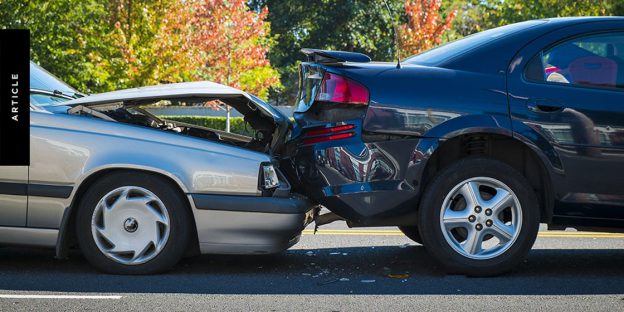The cost of living has been a struggle for Australian businesses and households. Added to this, expect home insurance to rise, typically by about 10%.
We’ll share our tips on reducing the hit to your hip pocket, while still ensuring appropriate coverage.
Why premiums are increasing
The cost of claims is increasing both in terms of frequency & severity.
Everyone’s insurance premium contributes to a pool of funds from which claims are paid out. When the cost of claims increase, everyone is impacted as the premiums that contribute to the pool need to increase, even if you haven’t made a claim on your home insurance.
Meanwhile, inflation often affects insurance costs. Experts say in the wake of the pandemic, inflation may have a more significant effect in the next few years.
The reasons above may prompt a higher premium on your insurance, but under the industry code, insurers should explain why the cost has increased and on their renewal notice provide you with the cost of last year’s insurance premium so you can compare it to the cost for the upcoming year.
Increase your excess
The fast way to reduce your premium is to agree to pay more when claim on your insurance. For example, you might agree to pay the first $1,500 rather than $500, for a claim. So, you wouldn’t lodge a claim unless the value of the item lost or damaged was at least $1,500.
However, you need to ensure you have the funds to pay the excess. Therefore, it is a balancing act between an insurance premium combined with an excess that you can afford to pay.
Estimate the value of contents accurately
The spectre of a higher premium is a useful prompt to review the value of your building and contents. Insurers automatically adjust that dollar value annually. We can help you get that figure right. Don’t risk over or underinsurance, either way, you’ll be out of pocket.
Online home building and contents insurance calculators are a good start, but they can be general. Keep digital records of receipts from your purchases. Ensure the property details, such as room sizes, building materials, and improvements are up to date on the policy.
Typically, policies offer cover so the insurer replaces the item or you get a payout to organise the replacement yourself.
The figures can get rubbery for the cost of replacing the building, either partially or fully. The construction industry’s skills shortage, increasing cost of building materials, and continuing supply chain disruptions add uncertainty. Avoid assuming the rebuild cost will be the same as what you paid for your house.
Keep your house safe
You may already have these measures in place, so consider this list a refresher:
- Regularly test your smoke alarms
- Deadlock doors and windows when you’re out
- Trim vegetation from windows, so burglars don’t use it as cover
- Maintain your plumbing, heating, and electrical systems to lower the risk of water and fire damage
- Consider ways to make your home more disaster resistant, and
- Install comprehensive security with motion detectors, lights, a burglar alarm, and remote video surveillance. This approach can shrink your premium by up to 20%; or by 5% if you only opt for CCTV cameras.
Check with us before you invest in a fully-fledged security system. Policies differ, so some insurers may reward you for your risk management and others not as much. The diversity of policies means it may also be wise to check if your current insurer is giving you the best deal and you’re not paying for extras you no longer need. We’re ready to help review your cover to ensure it serves you well, by comparing these features:
- Premium
- Excess
- Exclusions
- Legal liability cover
- Extended cover
- Cover limits.
Let us guide you on how to protect your home. Getting those measures in place means we’re better able to advocate for a slimmer premium for you. Combining policies or paying premiums monthly may get you a premium discount. We’ll check if your insurer is applying promised discounts correctly, too, such as for a discount due to having multiple insurance policies with the same insurer. Even if you continue with the same policy, we can check how it compares to the rate for new policyholders and ask the insurer to match that price for you. Why pay more for being loyal?











